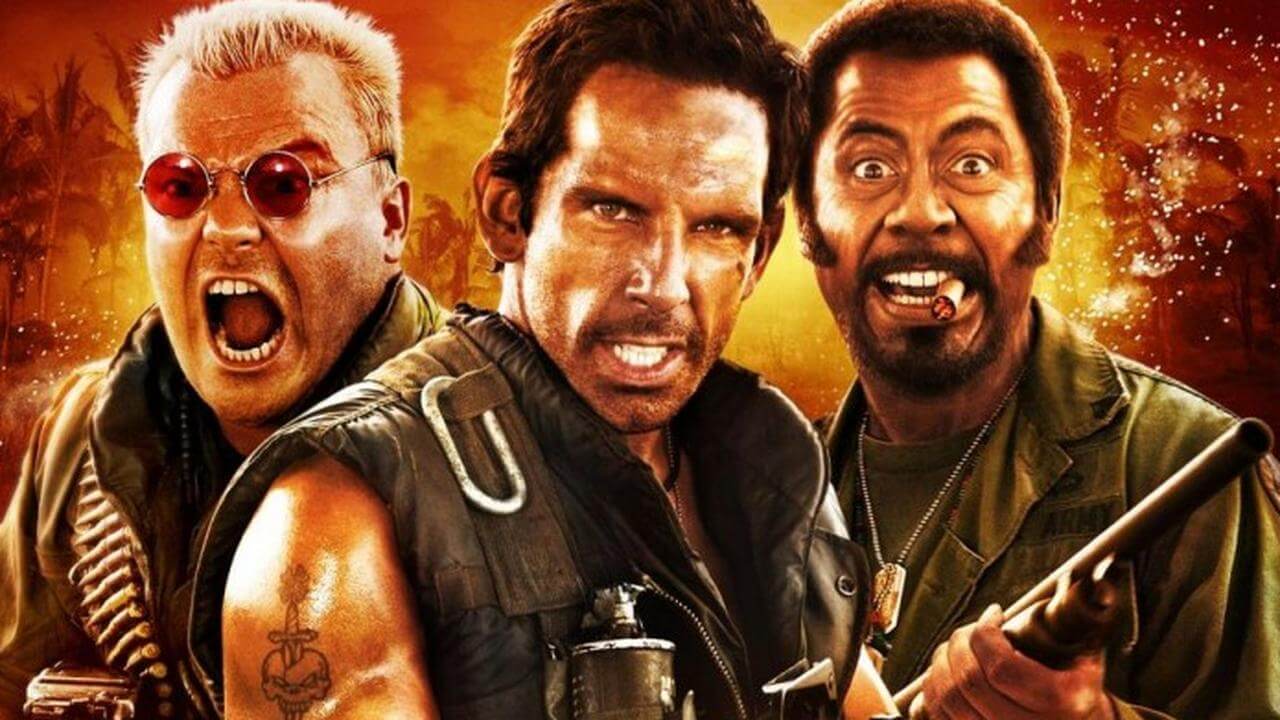Note from the Publisher: This piece belongs to the Merion West Legacy series, referring to articles and poems published between 2016 up to Spring 2025.
Blackface: When Nuance Meets Taboo

“One of the first lessons my students of undergraduate literary studies learn about text analysis is to distinguish between internal and external communication.”
Timeless reading in a fleeting world.
Journalism
Commentary
Poetry
Merion West is an independent publisher, celebrating the written word since 2016.
Join Now
$3/month Free
If unable to pay, click here.

